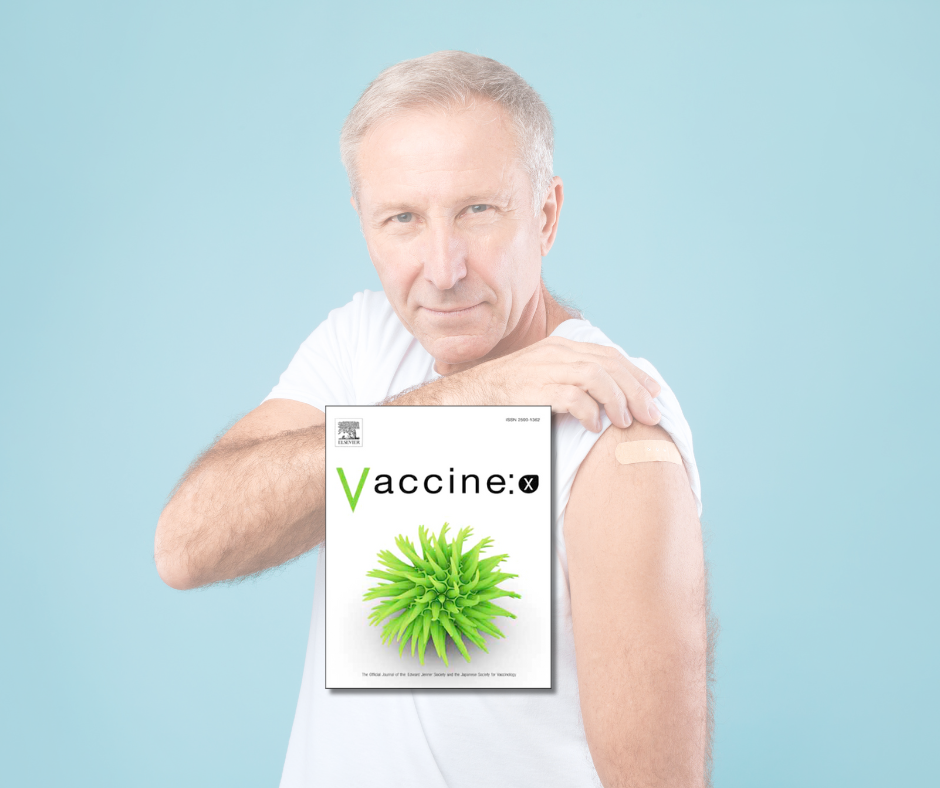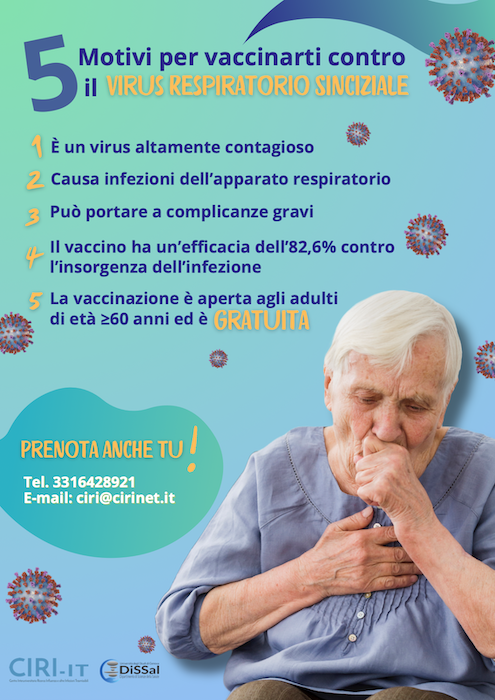The study titled “Enhanced safety surveillance of the adjuvanted respiratory syncytial virus vaccine among Italian older adults” was recently published in the journal Vaccine: X. It presents the first field surveillance data on the safety profile of the adjuvanted respiratory syncytial virus (RSV) vaccine in adults aged 60 years and older in Italy.
Study Objective
Conducted in Liguria between February and September 2024, the study aimed to assess the safety and tolerability of the RSVPreF3 OA (Arexvy) vaccine in real-world conditions, following its recent authorization for use in the older adult population.
Methodology
A total of 453 individuals aged ≥60 years received a single dose of RSVPreF3 OA.
Each participant was provided with a diary to record any adverse events (AEs) during the seven days following vaccination. Participants were also encouraged to report any other events occurring at any time post-vaccination.
Results
Of the 453 vaccinated subjects, 398 returned completed questionnaires, providing valid data for the analysis.
- 70.6% of participants reported at least one solicited adverse event, mostly mild and lasting 1–3 days.
- The most common local reaction was pain at the injection site (60.1%).
- Among systemic events, fatigue and tiredness were reported by approximately 20% of participants; headache, arthralgia, and myalgia were observed in about 10%.
Fever was rare, occurring in only 0.3% of subjects.
- No serious adverse events linked to the vaccination were identified during a median follow-up period of 211 days.
Conclusions
The findings confirm the favorable safety profile of the RSVPreF3 OA vaccine in the elderly population, supporting its use in RSV immunization strategies for this at-risk group.
The Genoa section of the Interuniversity Research Center on Influenza and Other Transmissible Infections (CIRI-IT) continues to be a national reference point for vaccine surveillance, contributing significantly to the production of scientifically and internationally relevant evidence.
The full study is available at the following link:
https://www.sciencedirect.com/science/article/pii/S2590136225000415






